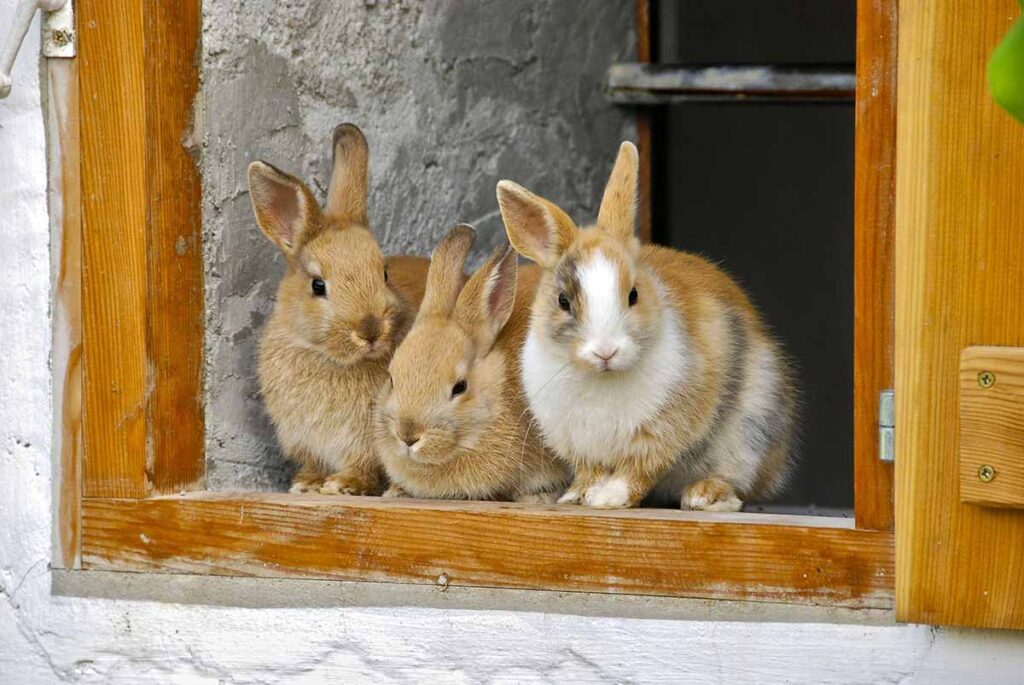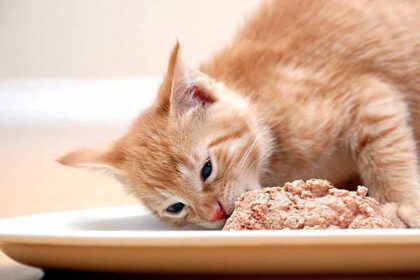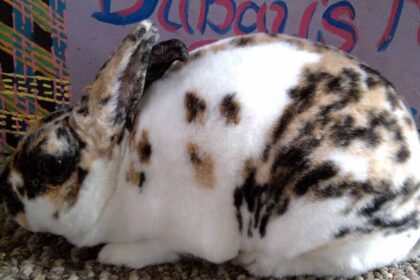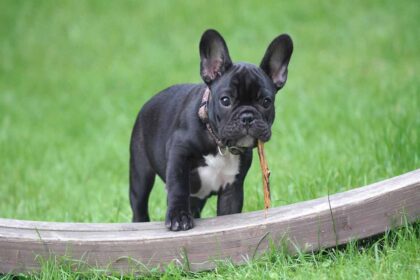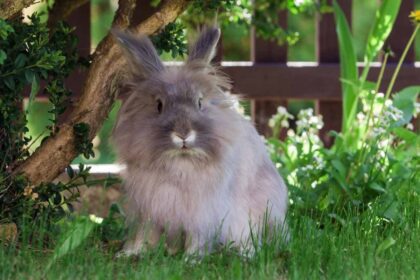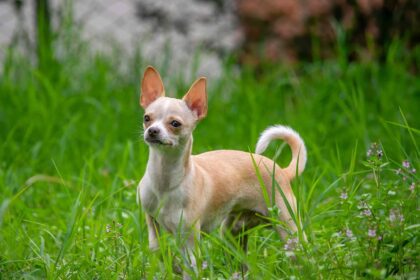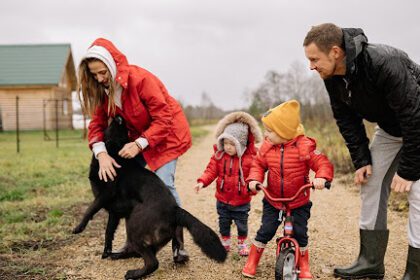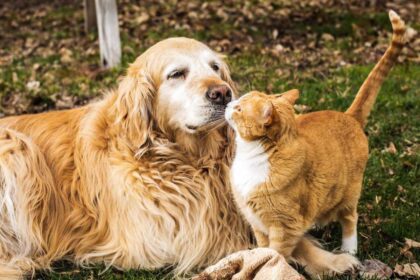Does Rabbit’s cute demeanor have forced you to decide to buy rabbits? Or after seeing them, your kid is adamant that they want to have rabbit. Whatever the reason is, before buying a rabbit, it is essential to know some related facts about rabbits.
If you buy them without knowing basic related facts about rabbits, it could be detrimental to a long-lasting relationship between you and your bunny.
For example, how to arrange their living environment? How to take care of them, what to feed them, are they kids friendly? Is raising rabbits expensive? etc….
Rabbits are not very kid-friendly. Children often want to pick them up and pet them, but rabbits can become frightened when picked up or handled in the wrong way, consequently, they could scratch or bite your kids. So, buying rabbits for your children without realizing that rabbits are not suitable for kids could be harmful to both (for your children and for the rabbits).
Hope you have got the idea, it is essential to know some basic facts about rabbits before buying them.
In this article, I will equip you with the necessary knowledge on how to care for them and how to ensure their deserved life.
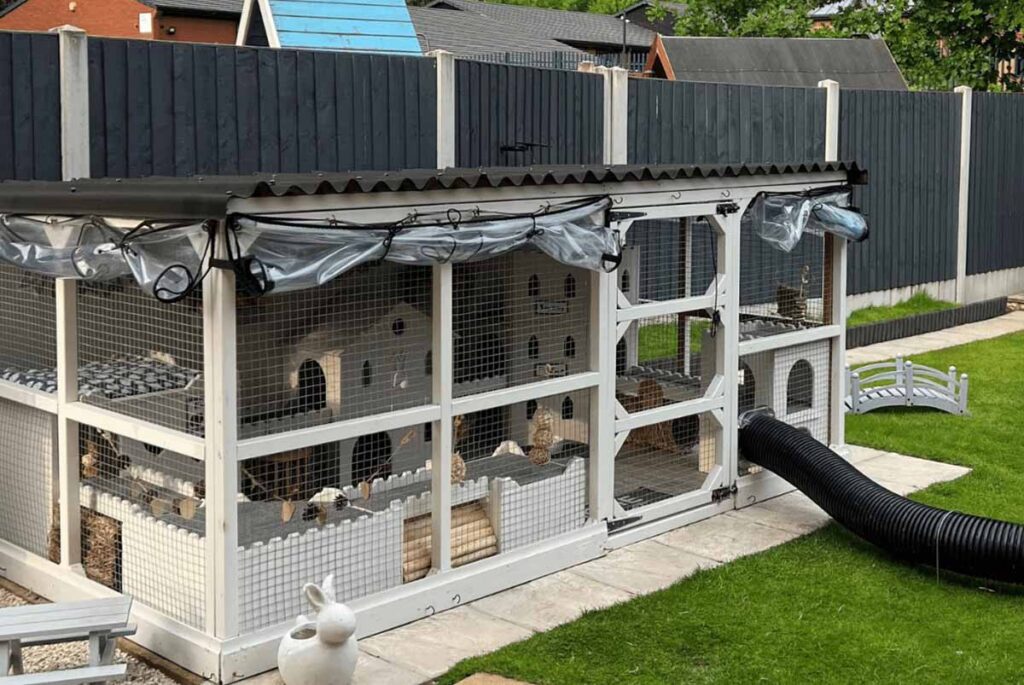
Living Environment
First things first, the living environment for rabbits is the first thing you should prepare for rabbits. Proper habitat conditions are crucial for their mental and physical health. In this section let’s delve into how to arrange appropriate living conditions for your rabbit.
Outdoor Hutch
When you are arranging an outdoor hutch for your rabbit, ensure it provides ample space for running and playing. The hutch should have two segments, one is hutch, and the other part is hutch-run.
Consider key factors such as protection from harsh weather conditions (extreme cold, heat, and rain), potential predators (foxes, dogs, cats), and insects like mosquitoes. Additionally, prioritize ease of cleaning the hutch.
But it is better to arrange a rabbit-living space inside the home.
Below I am going to introduce you how to arrange an indoor home for rabbits.
Indoor arrangement
Rabbits’ indoor living area should be big enough to allow them to move around and engage in playful activities with their companions.
Their indoor living space should be comprised of two segments, the Primary area for exercise, eating, gossiping with their mate, etc. And the secondary area should be for sleeping and resting. We all know that rabbits naturally live in dark holes, so their secondary sleeping space should be dark and out of human sight.
Make their bedding like a 5-star hotel by giving straw and hay. They will enjoy it.
Consider non-absorbent flooring. Absorbent surfaces like wood are hard to clean.
If you had intended to use a pet cage for your rabbits, then it is best to cancel that decision. Because a rabbit cage typically won’t provide them enough space to live a normal life.
A rabbit ex-pen is a better option than a pet cage. It gives enough space to rabbits and is easy to clean.
However, if you have found one that is big enough for your bunny, then, there is another hurdle you have to overcome. Normally, the bottom of a pet cage is made of wire. Prolonged periods spent on a wire bottom cage can lead to sores on a rabbit’s feet, known as sore hocks.
Put down a mat along the bottom of the cage to avoid rabbits’ foot sores.
Keep them away from cats and dogs no matter how friendly they are. Because cats and dogs’ background intertwined with prey animals. They can hurt rabbits.
Temperature
The tester for their temperature measuring is you, because human-friendly temperatures are also suitable for rabbits. Double-check and ensure that you feel comfortable in their living space temperature. The recommended weather for rabbits living space is between 60 to 75° F or 16 to 24 °C.
Bunny-Proof Their Living Space
Wondering how to bunny-proof living space! Well, it is simple, remove all electrical wires and toxic stuff out of their reach. As they tend to chew everything. If you want to foster your rabbits in an outdoor hutch, make sure that the wooden hutch color is not detrimental to their health.
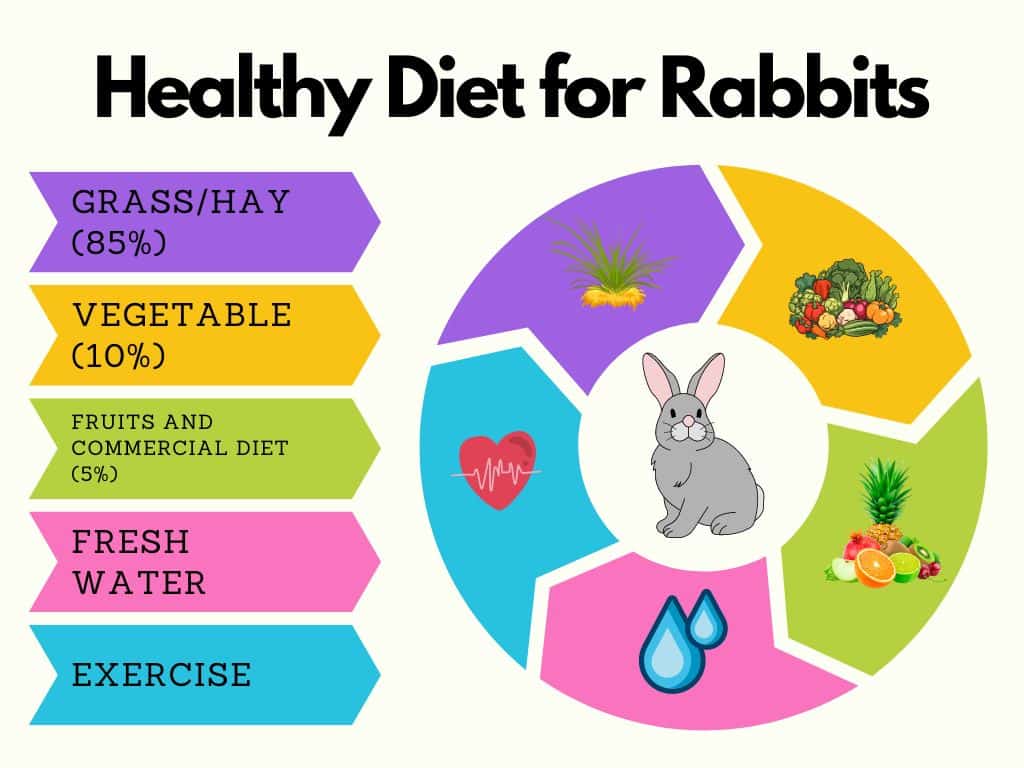
Diet
Rabbits are herbivores animals, and they have a very sensitive digestive system. A proper diet plan is important for their well-being. A responsible owner should know what to feed and how much to feed their pet.
Most of their diet should be grass or hay. Besides, you should provide them with green leaves/vegetables, occasional fruit treats, and fresh water. I have meticulously crafted a perfect diet plan for rabbits. Let’s take a look.
Grass/Hay (85%)
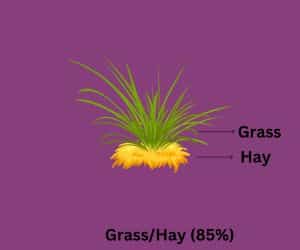 Fresh Grass or hay is their natural diet. Grass/hays long fiber is crucial for their digestive system and dental health. 85% of their diet should be hay or grass.
Fresh Grass or hay is their natural diet. Grass/hays long fiber is crucial for their digestive system and dental health. 85% of their diet should be hay or grass.
Vegetable (10%)
 Comprise rabbit’s diet with 10% of vegetables (carrots tops, Kale, romaine lettuce, Mint, etc.). Vegetables will provide them essential vitamins and minerals.
Comprise rabbit’s diet with 10% of vegetables (carrots tops, Kale, romaine lettuce, Mint, etc.). Vegetables will provide them essential vitamins and minerals.
Introduce a new vegetable to rabbits slowly and gradually. A sudden change in the common diet can cause digestive problems.
Fruits and Commercial Diet (5%)
 Reward them with Fruits (carrots, apples, bananas) and some commercial diet. The reward amount must be 5% of their diet. Overfeeding commercial diets and fruits can cause health problems.
Reward them with Fruits (carrots, apples, bananas) and some commercial diet. The reward amount must be 5% of their diet. Overfeeding commercial diets and fruits can cause health problems.
For instance, fruits contain sugar and sugar is not suitable for them, it can cause obesity in rabbits.
Fresh Water
 Water is crucial for all living animals on earth and rabbits are no exception to this rule. Arrange a constant fresh water supply for them and clean the water container regularly.
Water is crucial for all living animals on earth and rabbits are no exception to this rule. Arrange a constant fresh water supply for them and clean the water container regularly.
Exercise
 In nature, rabbits run for hours a day. Physical activity (running, hopping, jumping) is important for their health. No!
In nature, rabbits run for hours a day. Physical activity (running, hopping, jumping) is important for their health. No!
You won’t need to spend your time exercising them as dog owners do. They will do their own exercise spontaneously, you just have to make sure they have enough space for running, hopping, and playing with their mate.
If possible, give some puzzles to solve and a chewable wooden stick. It will help them to be mentally stimulated.
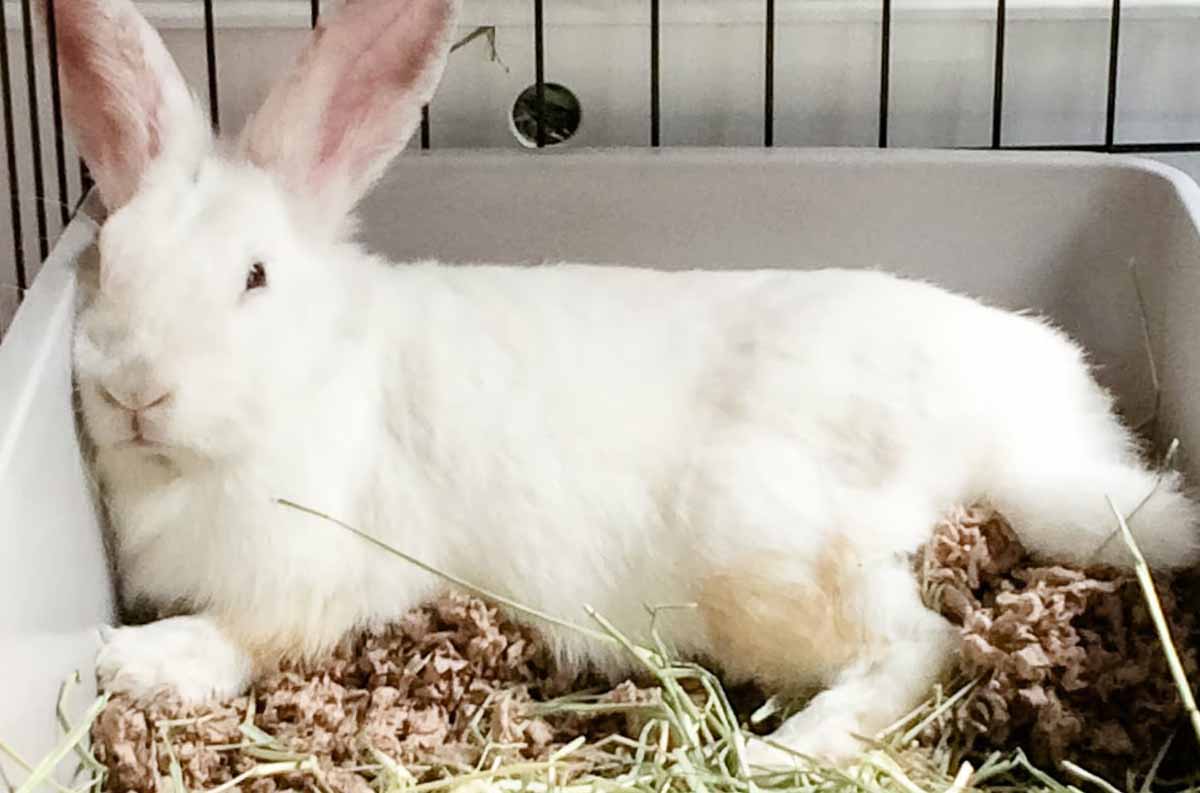
Litter train
Teach your rabbits to poop and pee in a specific place. This habit is healthy for them and makes your cleaning task easier.
Grooming
Grooming your rabbits doesn’t require a long checklist- just two tasks: brushing and nail trimming.
The frequency of brushing depends on the rabbit’s breed and shedding season. Generally, long-haired rabbits require brushing three to four times a week to maintain cleanliness and prevent matting. Regular brushing is important during the shedding season.
On the other hand, for short-haired rabbits brushing once a week is enough. But during the shading season, you will need to increase the amount of brushing time.
Besides, nail trimming is also important for their hygiene. Rabbits’ nails grow continuously and are depleted by digging. Check their nail size regularly and trim as needed. How often rabbits need their nails trimmed depends on which environment they live.
Note: Look out for nail veins when clipping their nails.
How to hold/Handle Them
Rabbits don’t like to be picked up. Especially when they are unfamiliar to you. They feel trapped when they are picked up. So, encourage your children not to pick them up. They can scratch or bite when they are picked up in the wrong way.
When you pick up a rabbit, utilize both hands: Place one hand under the rabbit’s hip to support its weight, and the other hand under the front leg underarm, around its chest.
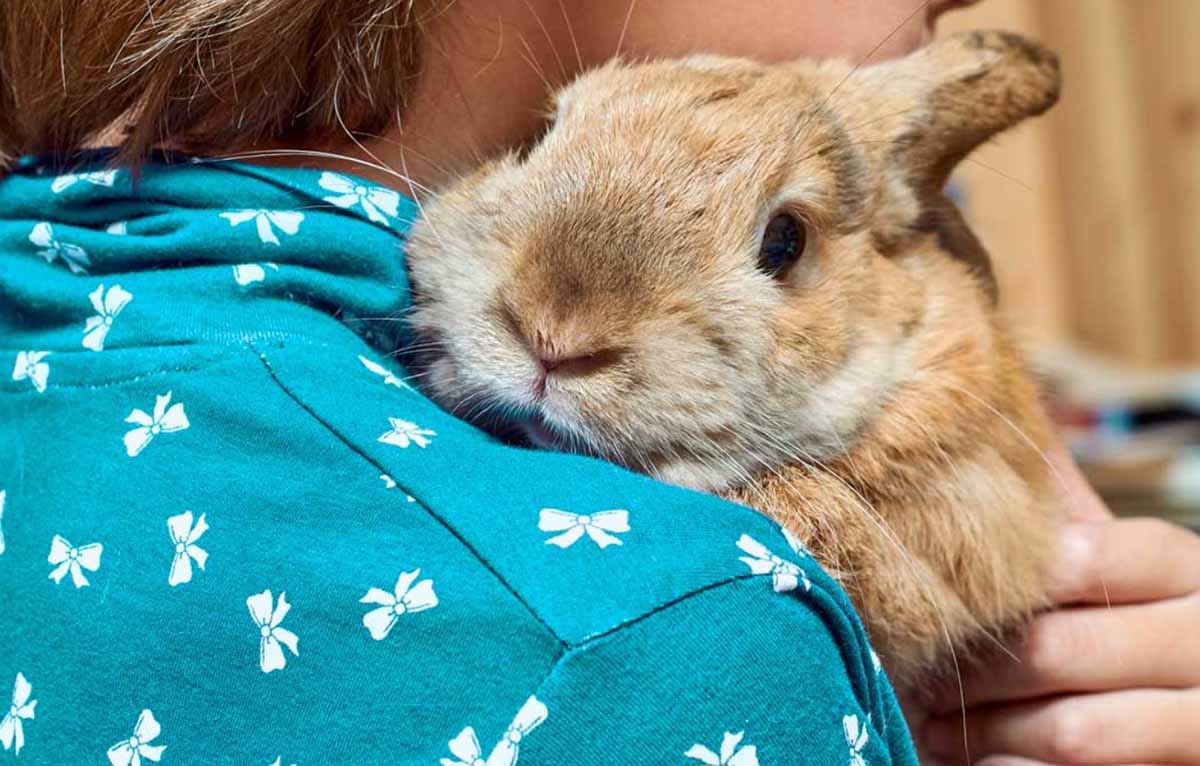
Common Signs of illness in Rabbits
Rabbits try to hide their illness signs because they are south by every predator animal. If any signs of sickness are visible that means they are terribly ill. It is emergency time to take them to the veterinarian. I am giving you some hints that your rabbits need prompt vet checkups.
- Red spots in skin. Especially around the belly and inside underarms.
- Your rabbit used to be calm when you petted it, but now it shows signs of pain and doesn’t let you pet it.
- Reduced appetite, looking weaker.
- Stop pooping or urinating (very emergency)
- Bloated belly
- Hunched posture
- signs of runny nose and eyes
- Blood with urine
Note: The above signs are emergency signs of rabbits. If you notice any of the above signs, consult with the vet as soon as possible.
Companionship is essential: It is scientifically proven that rabbits are social animals, they live in societies in the wild. They will become stressed if they are kept alone for a long period. Besides, humans (like you and me) do not have enough time to keep them entertained and prevent their boredom.
So, it is highly recommended to keep rabbits in pairs (if you do not intend to breed them, make sure they are neutered).
Additionally, we don’t suggest keeping rabbits and guinea pigs together, though rabbits and guinea pigs can become friends. Because they are different in size and have different diet requirements. Besides, big rabbits’ fun will be too much for small-sized guinea pigs.
Ready to give rabbits the life they deserve?
If you perceived that, you could fulfill their requirements, then you are welcome to the world of rabbit ownership!
By following the above guidelines, you can ensure a smooth transition into rabbit ownership and create a safe, happy environment for your furry friend. Remember you are the responsible person for their wellbeing.


